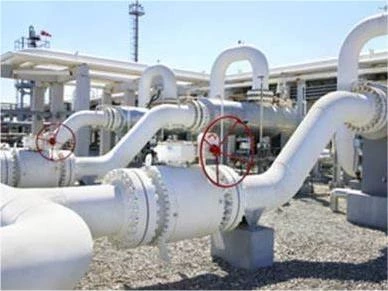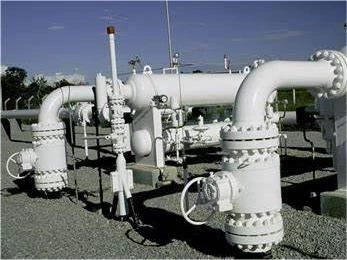Car Sealed Open And Car Sealed Closed for Valve
During recent years more attention has had to be given to the safety of piping systems because of large-scale disasters and the harsher off- shore environments where oil and gas facilities are now constructed. Safer operating environments are required not only to protect profits, but more importantly to protect plant personnel, without whom the former would not be achievable.
Every valve, even the very smallest drain valve, has a role to play in the safe and efficient operation of a process plant. Put in its simplest form a valve can be open, closed, or in a position somewhere in between to control the process ow. All valves are important, however, some valves are naturally more important than others, especially in main process ows and in piping relief systems.
CAR SEALED OPEN AND CAR SEALED CLOSED
During the design stage of a process plant, the Process Engineer will identify some critical valves that must be securely sealed open or sealed closed. These chosen valves are marked on the piping and instrument diagram (P&ID) as CSO or CSC. This stands for Car Sealed Opened and Car Sealed Closed.
This terminology dates back to the very early days of the petroleum industry and it originates from the railroads. Huge quantities of grain and other produce have always been freighted by the railroads all over the United States and there had to be a cheap and efficient method of securing this cargo from theft or illegal passengers boarding the train. The cargo, in most cases, was not particularly valuable and so it was not worth investing vast sums of money to protect it. Also the security system had to be keyless to allow access from various locations along the route of the train and once opened it had to be easily closed again.
The method that was developed was to take one end of a heavy gauge wire, pass it through the car door bolt lock and then through an eyelet on the door frame, and finally twist the two ends together with pliers. The result was cheap and primitive, but it was effective and doors were securely closed and could only be opened by hand with very great difficulty. Railway personnel could open the car doors with the aid of a tool and then close them again quickly. For added security “blobs” of molten lead were added to the ends to guarantee that the sealing system could not be opened by idle hands and that the only method of breaking the seal was with a pair of heavy-duty wire cutters.
Because the railways were used to transport product from the early process plants, this method of temporary securing was adopted by the plant owners. It is still used to this day as the very most basic method for temporarily closing or opening valves.

